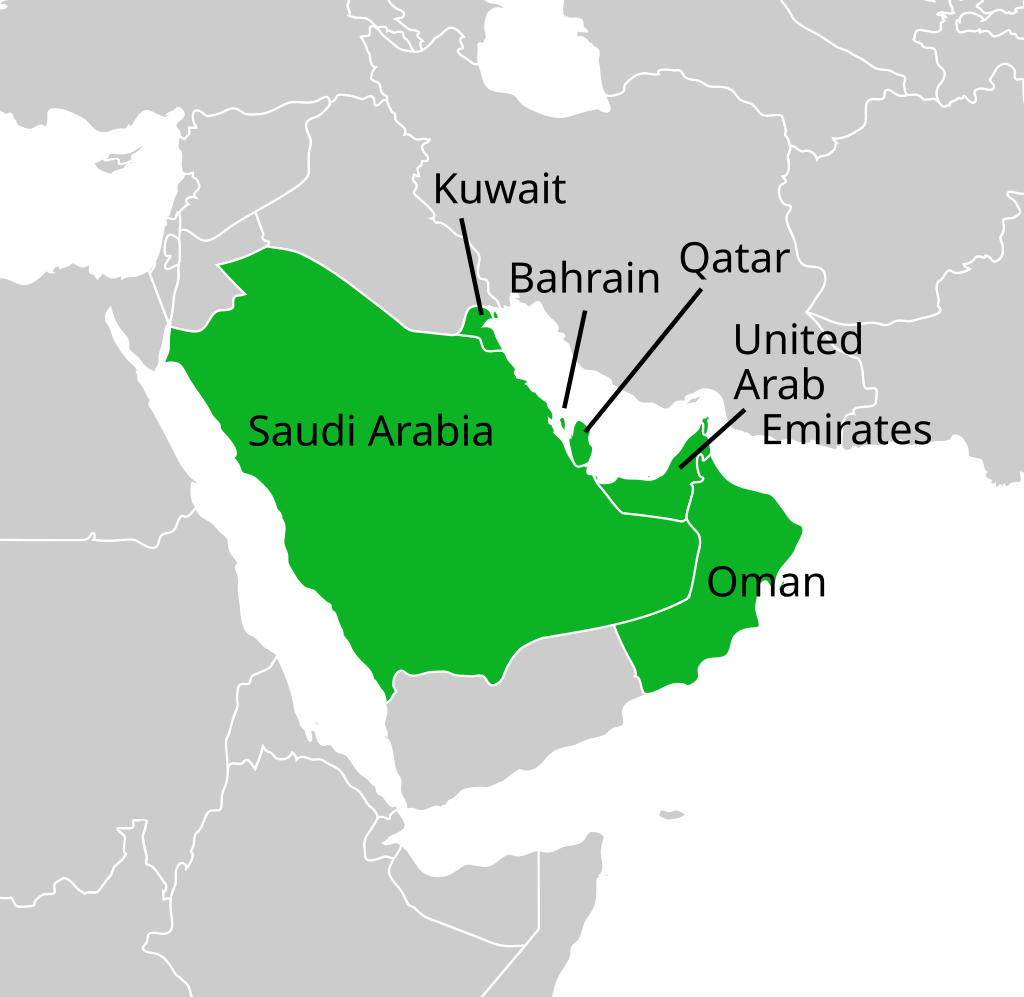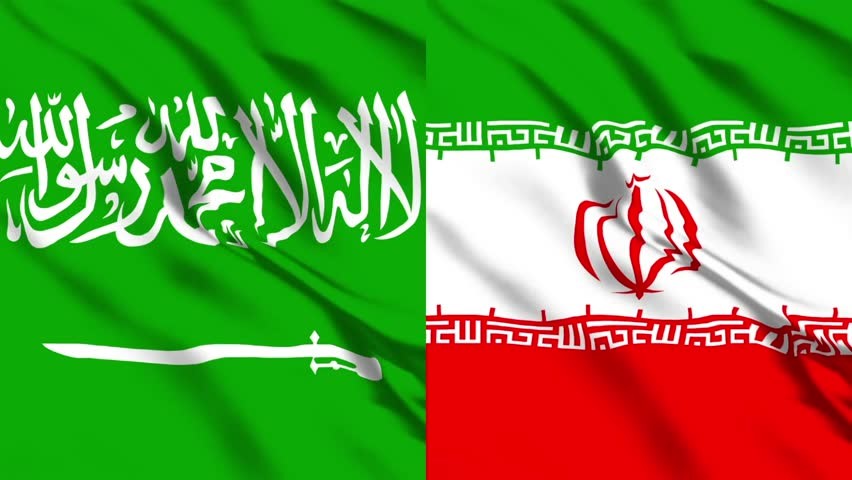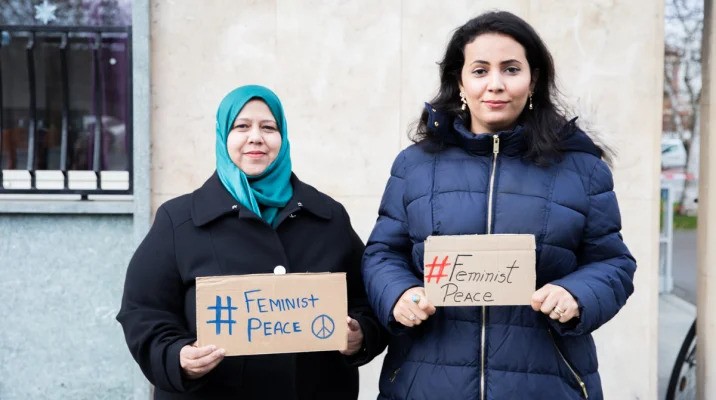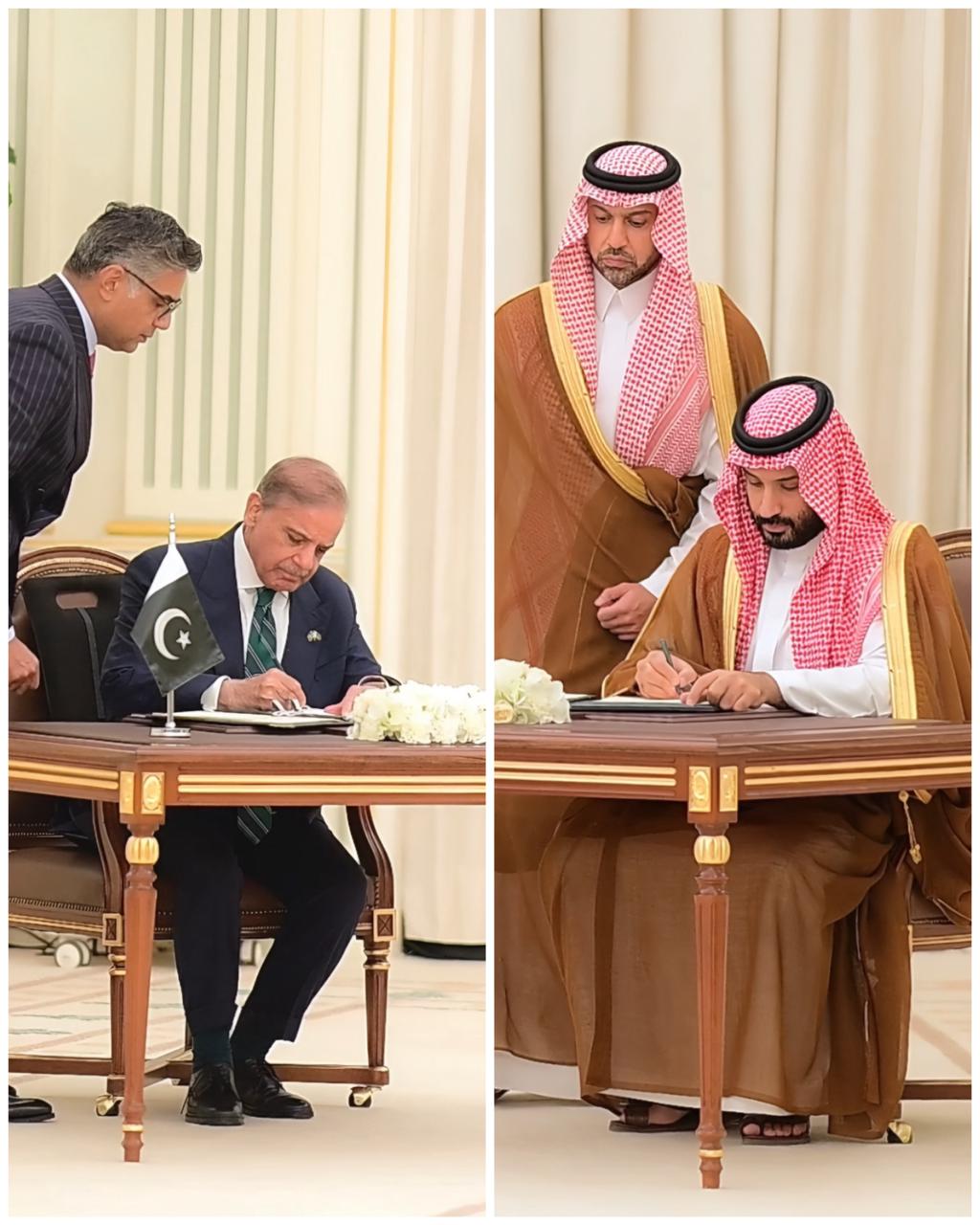Diplomacy is often perceived as restrictive to the pursuit of national interests. However, the disruption in the global order has raised alarm bells for diplomatic ties and strategic autonomy. The shifting dynamics of geopolitics are churning new realities, necessitating fresh roadmaps and visionary approaches to diplomacy. Amidst these structural crises, Indian diplomatic interventions are forging a new grammar of its own international engagements. By challenging the traditional great-power mindset and its zero-sum nature of diplomacy, Indian intervention is contributing to the emergence of a new framework within the contemporary geopolitical setting. India’s recent evolution from a middle power status to a mature and more respected global power, extending beyond its regional confines, has been widely acknowledged as constructive and inclusive.

The recent outreach to Gulf countries has provided a much larger cannon of discussion. India has had civilisational linkages with the GCC, a conglomeration of six Gulf countries (Saudi Arabia, United Arab Emirates, Oman, Kuwait, Qatar, and Bahrain). The past discussion has been on India’s energy security and the large Indian workforce situated in the GCC. Despite the historical ties still dominating the old framework of relations, this new approach, bringing all Gulf countries under one platform, signifies the deepening ties of relationship and India’s growing status as the voice of the Global South in a multi-aligned world order. The India GCC ministerial meeting, the first of its kind, has the potential to shape many uncharted paths beyond economic linkages and historical connections. Besides the major optics, India’s External Affairs Minister Subramaniam Jaishankar has played a critical role through his calls, such as the 3Ps, People, Prosperity and Progress, which could be a foundational step for new convergence. The outreach signifies myriad possibilities, including major takeaways from the recent meeting. The impact of deepening connections is equally significant for the ambitious India Middle East Corridor Project.
The Outreach: People, Prosperity and Progress
If one looks closely, the current relationship has two major aspects: Energy security and the status of Indian workers in the region. In the last few years, there have been serious ruptures in the ties due to the post-COVID impact on trade, the impact of the Russian-Ukrainian conflict on crude oil prices, the disruption in the supply chain and also the impact of the Gaza conflict on trade routes. Despite major challenges, India’s economic ties with the GCC during FY 2023-24 peaked at 161.59 billion $. Also, despite India robustly taking Russian Oil, it still hugely depends on GCC partners. India’s 70 per cent of gas requirements come from the GCC alone, and also 35 per cent of its Oil. How, then, this outreach emphasising 3Ps embarks on a new possibility and a foundational project for India-GCC relations. The people, progress, and prosperity have strategic value. India’s 90 million workforce in this region contributes hugely, which Minister Jaishankar termed as a “living bridge between two partners”. The GCC is aiming big on diversification, and the vision documents of its member countries (Saudi Vision 2030 and the UAE’s Vision 2031) stress the need for a technical workforce. Similarly, the idea of progress goes much deeper than economic ties as the world is shifting to new possibilities, progress requires trust, innovation, technological advancement and security.
The GCC’s diversification path requires all such scenarios, including a new strategic thinking of security amidst major conflicts. The challenges of trade routes and supply chain disruption need convergence on the security paradigm. The progress, therefore, would cement a much deeper meaning in the future relationship between both partners. The IMEC project that engages India in Central Europe will be a defining moment in the road to progress. Similarly, India’s international solar alliance expects both Kuwait and Qatar to join the project.
Lastly, in terms of prosperity, while India needs GCC for its energy security, the future belongs to partnerships on enhancing the traditional role of STEM, Green Technology, climate change, joint space programs, educational institutions like IIT, health, sustainable development and, importantly, digital infrastructure. The key component could be India’s Digital Public Infrastructure, involving bilateral trade in local currencies. The convergence over India’s UPI connectivity and its integration of payment platforms in GCC countries would shape the progress for both partners. It is estimated that around 10 million Indians are projected to travel to GCC countries, and the recent India-UAE ties on digital infrastructure through payment connectivity might attract the other GCC countries to follow the pathway to prosperity. Progress and prosperity need people-to-people connectivity driven by business and travel. Both partners argue for a “national goal” crossing transactional activities and fulfilling their shared vision of a free trade agreement, joint protection of security architecture on maritime and trade routes and welfare programs for the Indian diaspora. Cultural ties are another potential area beyond high politics. The opening of the BAPS Temple brought more personal and people-to-people relations. Similarly, the freeing of retired naval workers in Qatar and engaging with Oman for maritime security.
Convergence of alliances and strategic concerns
The historical significance became more pragmatic at the policy level, aligning economic interest, geographical connections and shared strategic concerns. If one makes a catalogue of convergence, the notable shift came in 2003, with the first India-GCC Political Dialogue in 2003. But it has been the current Modi government’s dynamic policy strengthened relations. In March 2023, the first India-GCC Senior Officials Meeting took place in Riyadh and in September 2022, India and the GCC signed a Memorandum of Understanding (MoU) developing a framework for regular annual consultations. This progress became a landmark with the recent India-GCC Joint Ministerial Meeting for Strategic Dialogue in September 2024. The major takeaway of this strategic dialogue was the outcome of the Joint Action Plan for 2024–2028, expanding the potential in academic and scientific fields and cooperation on defence and security for regional and global stability.
The Roadmap: Securing Multi-alignment with Dialogue
The outreach will shape the roadmap for India-GCC relations. The Middle East is the key to India’s global outreach. The new direction favours India’s democratic representation of the Global South, bringing the GCC partners as shared stakeholders for a multi-aligned World Order based on rule, respect and stability. The people’s progress and prosperity have found a connection with India’s focus on the world, and the IMEC could be the biggest success of the convergence of the strategic alliance. IMEC was envisioned to develop linkages between India, the GCC and Europe. As PM Modi had said, IMEC “is an inter-generational project, and it would be a mistake to see it through the prism of any one event or conflict”. The IMEC has a huge value for India and GCC as it would allow them to connect to the European market directly. This will have three major significances: restructuring the global supply chain amidst conflicts and disruptions, diversification of Gulf states as a bridge between East and West and also India’s response towards China’s BRI project. During the meeting, Jaishankar argued that “In a world polarised by conflict and tension, we share a commitment to global peace, security, and stability”. The deepening ties with the GCC would be critical for India’s strategic goals of representing the Global South, becoming a developed nation by 2047 and permanent membership at the UN Security Council.
The views expressed are the author’s own.




